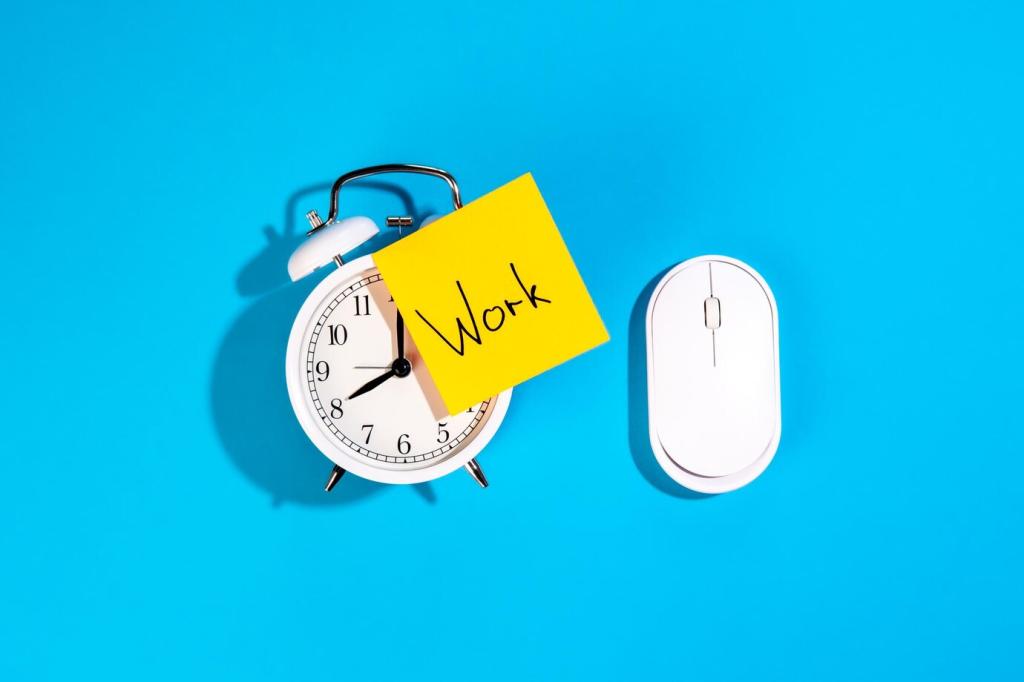Shape a Workspace That Triggers Flow
Invest in a chair that supports your posture, a screen at eye level, and a keyboard that keeps your wrists happy. Tiny discomforts become big productivity leaks over time. A footrest, a standing option, and soft task lighting reduce strain so your routine remains sustainable, not a sprint that ends in burnout.
Shape a Workspace That Triggers Flow
Start with a clean desktop, one project at a time, and notifications that are off by default. Pin only your essential apps and documents for the day. A tidy digital workspace removes micro-delays and context switching, so your routine stays focused on forward motion instead of chasing tabs and half-finished threads.
Shape a Workspace That Triggers Flow
Use consistent cues—natural light in the morning, a specific playlist for deep work, and a subtle scent—to tell your brain it is time to focus. These cues become habit anchors. Over a few weeks, your environment starts the work for you, making your remote routine easier to follow even on low-energy days.
Shape a Workspace That Triggers Flow
Lorem ipsum dolor sit amet, consectetur adipiscing elit. Ut elit tellus, luctus nec ullamcorper mattis, pulvinar dapibus leo.









